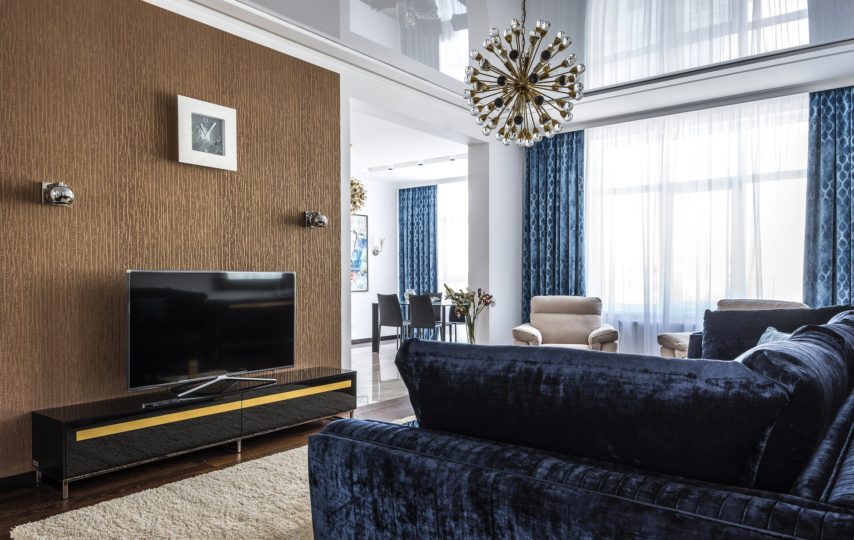Evolution of TVs
It has been quite some time since TV sets have shed the tag of an ‘idiot box’. In fact, TVs of today are smart. And these smart TV sets not only screen movies, but can also stream audio and video content, browse the internet, and even respond to voice commands. And that’s not all; the variety of features and options now available in TV sets allow the average consumer to choose between QLED, OLED, LED TVs, with surround sound systems, added smart features and much more.
That said, the cherry-on-top has to be the pricing. With stiff competition between LED TV manufacturers, brands like Samsung, Sony, and Panasonic are racing to capture more market share, and as a result, advanced TV sets are becoming increasingly affordable, with the leading segment in the market being the low price LED TV.
Even the latest feature-rich Samsung TVs are priced well within the INR 30,000 mark. But amidst the fanfare about screen resolution, sound quality and other features, one must never underestimate the importance of one particular parameter that arguably defines the quality of viewing, which is the size of the TV.
Most of us tend to gloss over the fact the larger TV sets do not necessarily provide a better experience; the key is to figure out the perfect TV size with respect to the room it is to be kept in. Here’s a quick guide that will help you select the right TV size for your room.
What is TV size?
A lot of us do not realize that TV sizes refer to the diagonal length between two opposite corners of a TV screen. Hence, in a 65-inch or 32 inch TV, it is the diagonal size that is 32 or 65 inches long, and the actual width and length are a little smaller.
Factors affecting the TV size
- Resolution: The screen resolution plays a key role in determining how big your TV should be. As per the current market standards, the most widely available screen resolutions are HD Ready, Full HD, 4K (or UHD) and 8K. The HD Ready TVs are the most basic of the lot, while we can also find a plethora of Full HD TVs, with a resolution of 1920 x 1080 pixels. Thus, the pixelation becomes more evident upon closer inspection. If you plan to sit closer to your TV, or if you have a small room, it is generally advised to pick a higher resolution TV. A 4K Ultra HD TV, with 3840 x 2160 pixel resolution cuts down the clear viewing distance by a couple of feet.
- Viewing Distance: We now know that higher the resolution, the closer we can sit to a TV set without compromising on the picture quality. However, one does need a measure regarding the viewing distance. As per the Society of Motion Picture and Television Engineers (SMPTE), a television should ideally cover 30% of the field of sight of the viewer. To cut a long story short, one can actually calculate the best screen size for a 1080p TV by multiplying their desired viewing distance by a factor of 0.625, which means that if the viewing distance is roughly 6 feet, then the ideal screen size is around 42-43 inches.
- Account for the Space and TV Stand: TVs today can either be wall-mounted, or fitted on to a TV stand. While using a wall mount is likely to increase the viewing distance, placing a TV on a stand or a table reduces that distance by a fair amount, as TV stands are quite wide themselves even without the added width of the table.
Found a suitable LED TV for your home? Bring home the best TV in the market at no-cost EMIs by shopping on the Bajaj Finserv EMI Store. The EMI Store is the first of its kind, and delivers the product to your doorstep within just 24 hours of placing the order.



